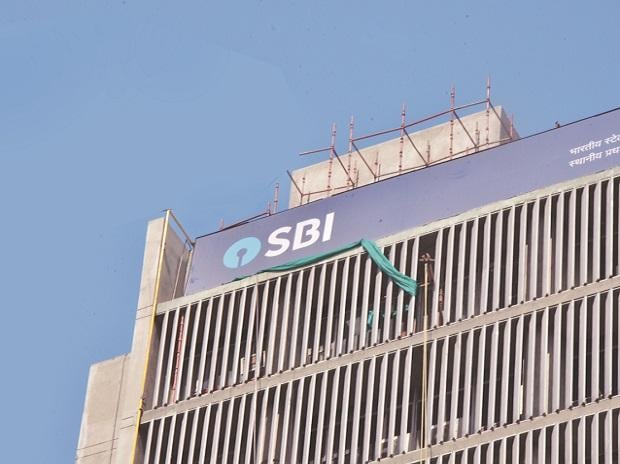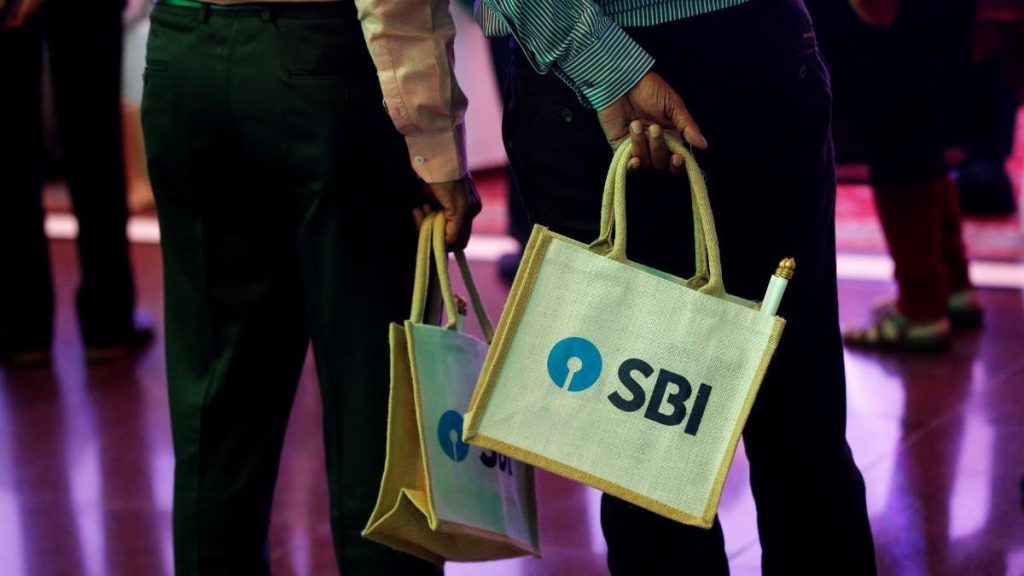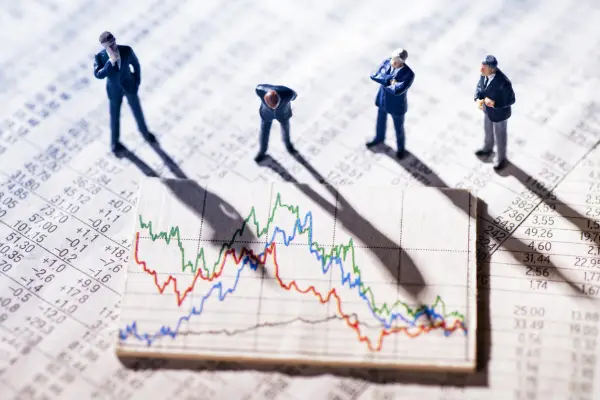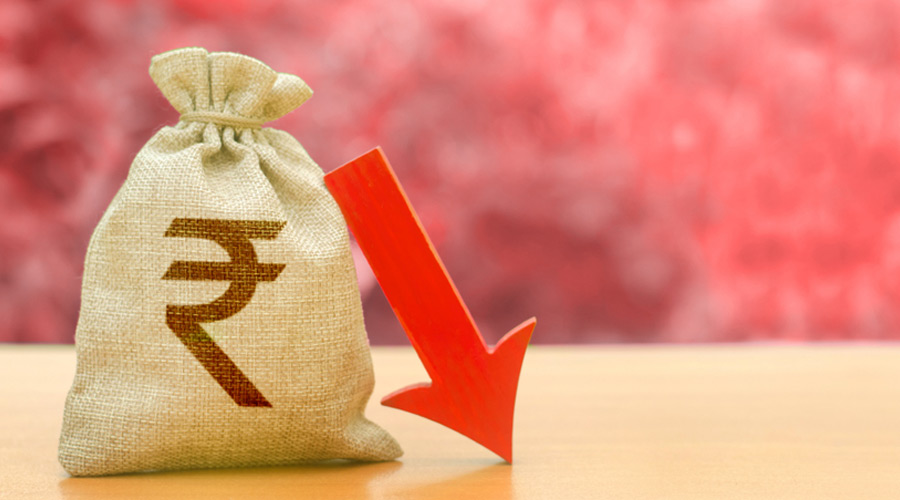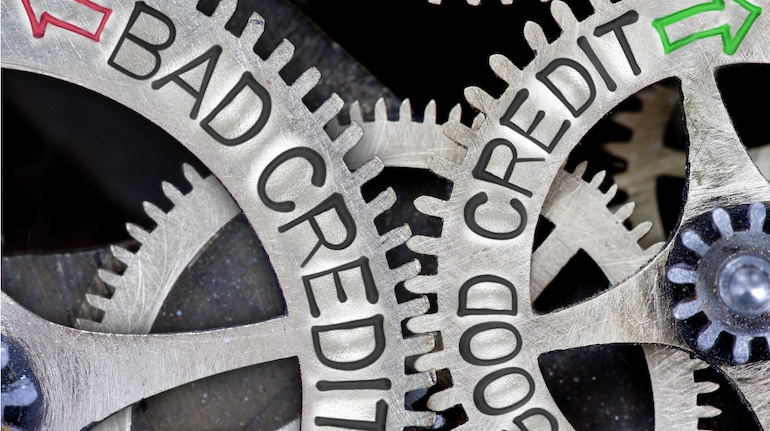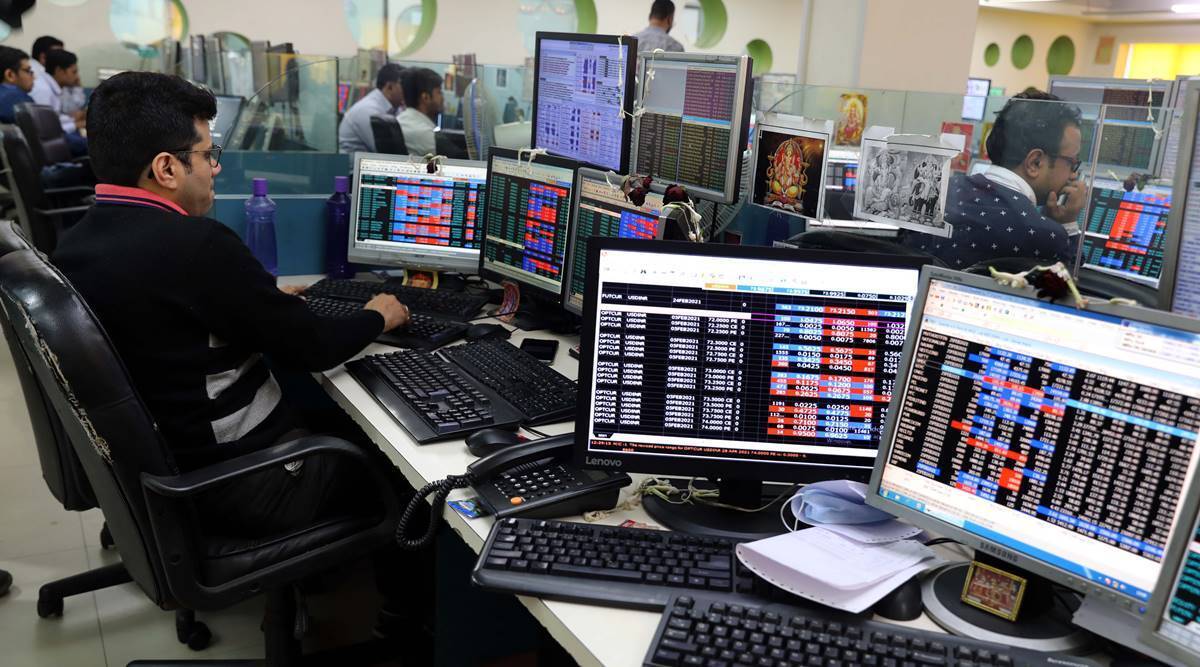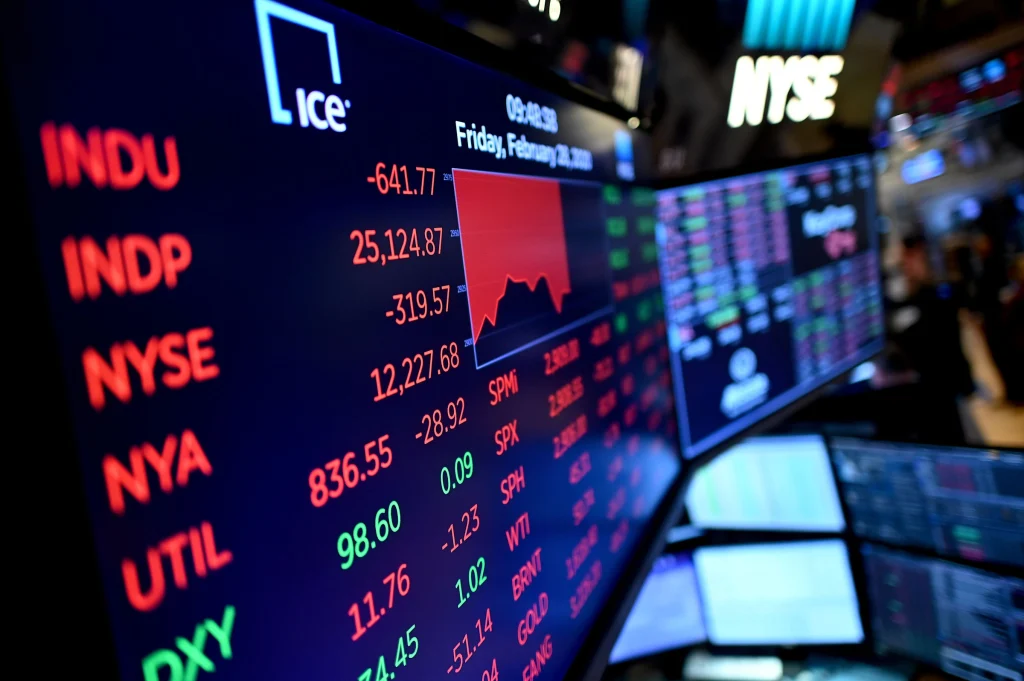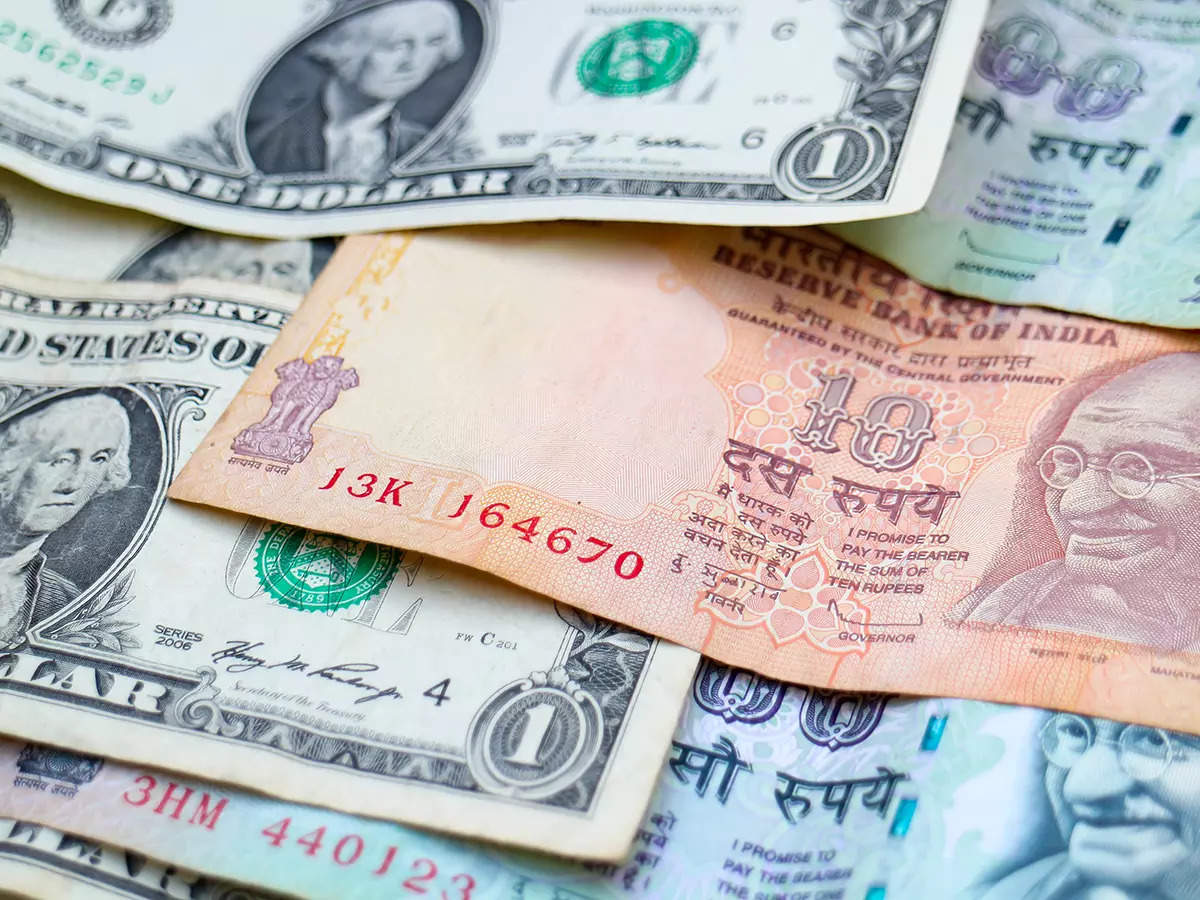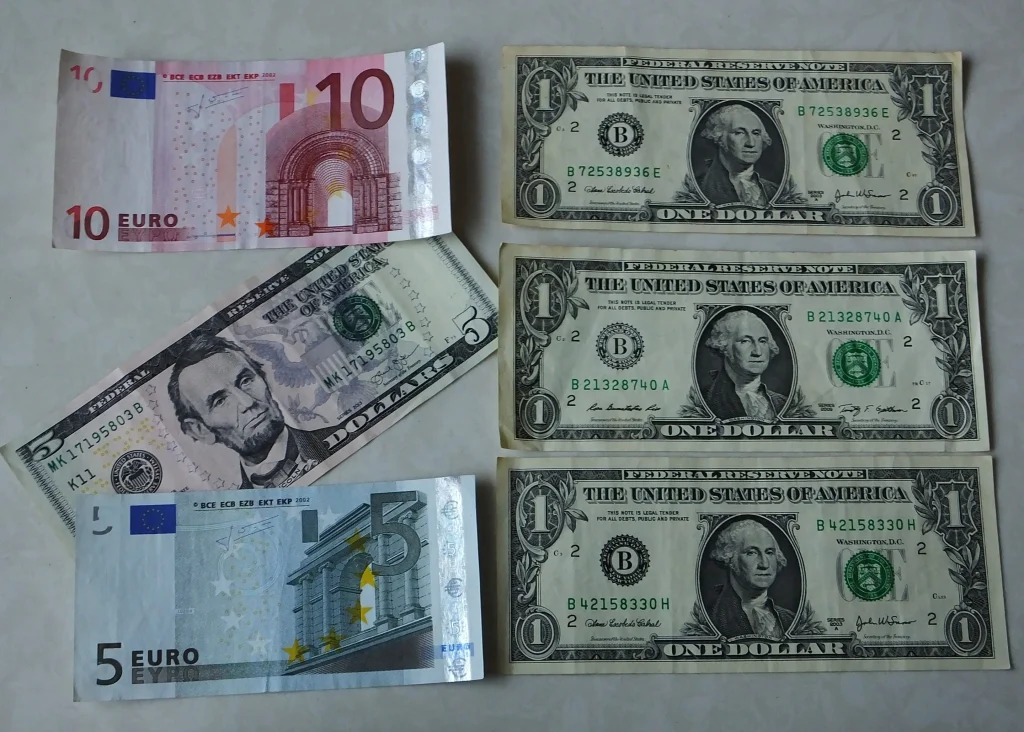In early trade on Tuesday, the rupee bounced back from an all-time low against the US dollar, rising 2 paise to 78.02. The rupee began at 78.02 versus the dollar on the interbank foreign exchange, up 2 paise from its previous close In early trade, the native currency soared to 77.90 versus the US dollar, but it couldn’t hold on to its gains and fell to 78.06 The rupee fell 11 paise versus the US dollar on Monday, closing at a new career low of 78.04.

According to Sriram Iyer, Senior Research Analyst at Reliance Securities, the Indian rupee began flat versus the dollar on Tuesday, as gains from easing domestic inflation concerns offset the greenback’s overnight surge.
Retail inflation fell to 7.04 percent in May, owing to lower food and gasoline costs, as the government and the RBI intervened with duty reductions and repo rate hikes to rein in spiralling prices.
However, for the sixth month in a row, inflation remained over the Reserve Bank’s upper tolerance range of 6%. This might lead the central bank to raise the repo rate again at its August policy meeting. Meanwhile, remained high on Tuesday morning, limiting the upward potentia Although Asian and developing market peers have opened mixed, rising inflation estimates might keep the currencies’ tendency down, according to Iyer Fears of a global economic downturn and expectations of an aggressive rate rise path from the US Fed boosted the dollar index, which measures the greenback’s strength against a basket of six currencies, by 0.01 percent to 105.08.
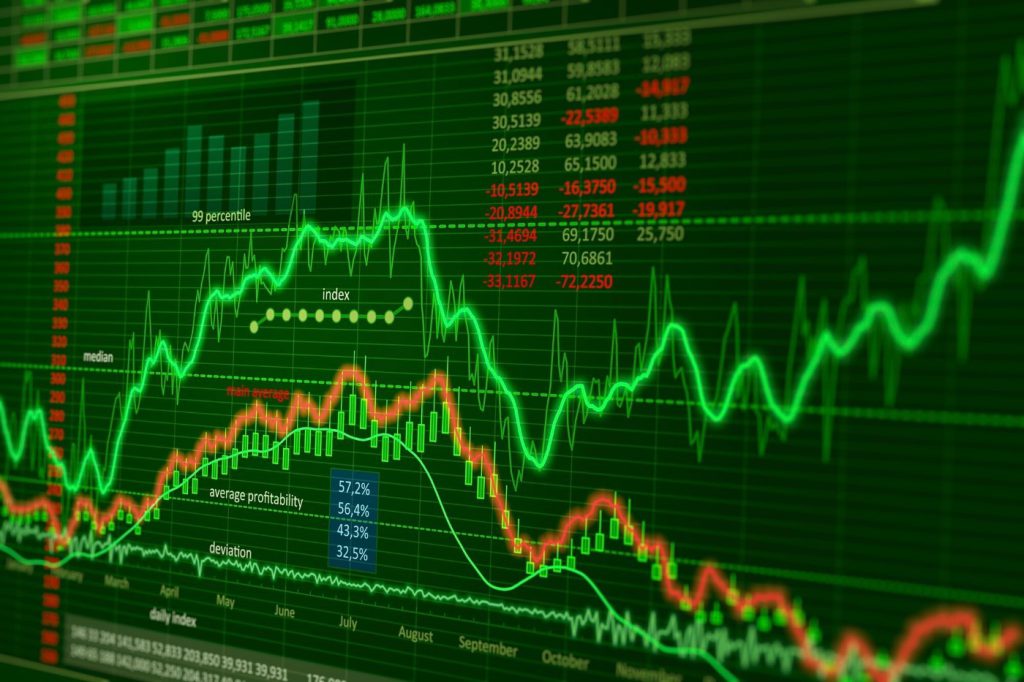
Brent crude futures dipped 0.02 percent to USD 122.25 a barrel, the global benchmark. On the domestic front, the BSE Sensex was down 145.13 points, or 0.27 percent, at 52,701.57, while the wider NSE Nifty was down 85.30 points, or 0.54 percent, at 15,689.10 According to exchange statistics, foreign institutional investors were net sellers in the capital market on Monday, offloading shares worth Rs 4,164.01 crore.


